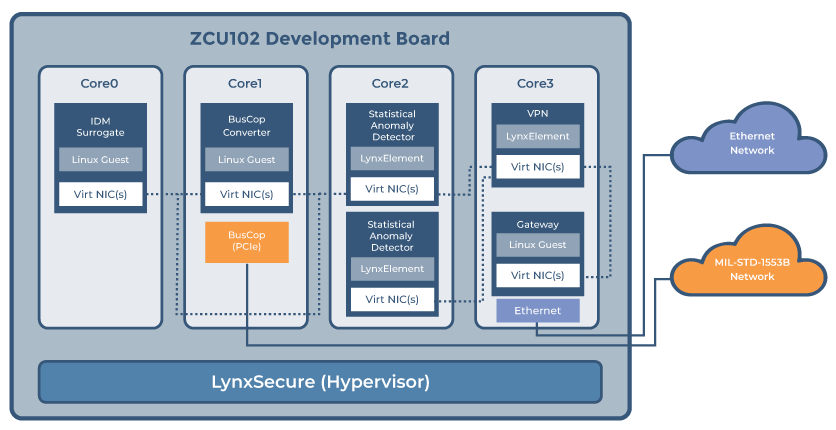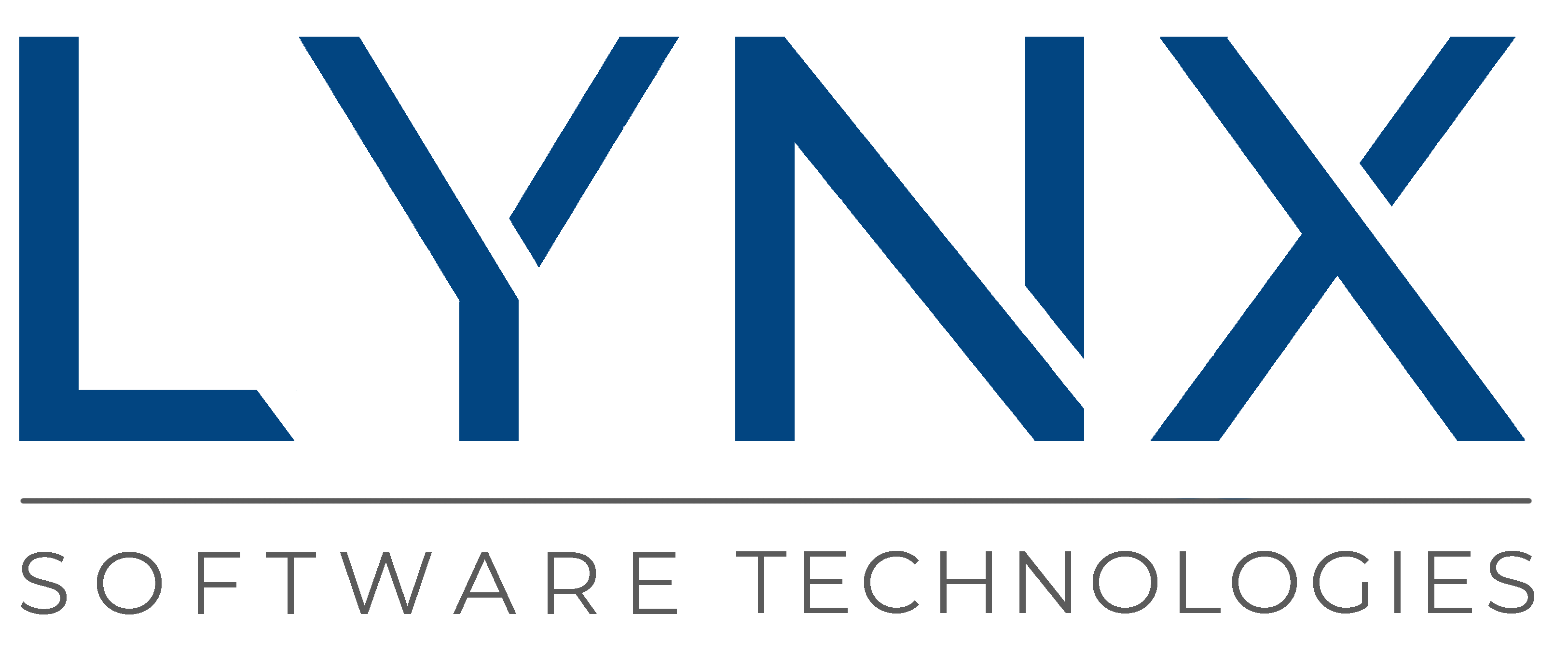Followers of Lynx will know that our primary focus is LYNX MOSA.ic. This software framework, founded on the LynxSecure® separation kernel hypervisor, enables a variety of operating systems such as LynxOS-178®, Linux, Windows, third-party RTOSes (including competitor OSes) and bare metal applications to be coupled together prescriptively to reduce program risk, cost, and time for mission-critical systems to be deployed.
In contrast to traditional RTOS platforms—where hardware control, real-time scheduling, security, multimedia, and application runtime services are integrated into a common stack servicing all applications on all CPU cores—LYNX MOSA.ic allows system architects to subdivide systems into smaller, independent stacks which include only the dependencies required.
Internally, we were reflecting that in the nine months since Lynx offered the LynxElement unikernel as an ingredient in LYNX MOSA.ic, the capabilities of this piece advanced so much that some of this might be worth highlighting here in a blog.
In the unikernel architecture, applications link to the operating system features needed. The compiler will naturally omit unused features. Because unikernels are no longer context-switching and are subject to blocking by competing processes, unikernel execution behavior is much easier to observe and characterize. This reduces the burden of multicore timing analysis and makes the safety certification process more manageable. The intrinsic independence and timing properties of a unikernel make it a better unit of integration to compose systems where the integrity and predictability of a system are simpler to verify. Because it only operates software necessary for a specific task, LynxElement is less susceptible to malware and other attacks.

The available second generation now advances the functionality in three main vectors
- Processor Breadth: Besides the initial release that supports Arm and x86 processor architectures, we are now supporting PowerPC. This has been the workhorse of the Mil-Aero segment for decades. My first marketing role was on the PowerPC marketing team at Motorola Semiconductor in 1992, just after the alliance with IBM, Apple, and Ford was announced.
- Performance: We have added 64-bit support
- Developer Breadth: Thanks to our work with Adacore and Ferrous Systems, we have released a development environment that enables Rust applications to be built and run on top of LynxElement.
Companies expressing interest in unikernel technology include those producing flight control systems, radar and navigation systems, satellite communications, and command and control systems. That said, it all comes back to LYNX MOSA.ic. Mixed criticality systems harnessing multicore processors is our industry's future (although I had several discussions at a recent tradeshow in Europe where that was vigorously debated!). In the face of rising system complexity, the pressure is on system architects to reduce the design cycle, cost, and program risk for the next generation of discrete, connected, distributed platforms that share information securely in real time. Those are the system challenges Lynx addresses daily, and I feel these enhancements to LynxElement will move the dial in these three aspects.



 Ian Ferguson | VP Marketing
Ian Ferguson | VP Marketing



